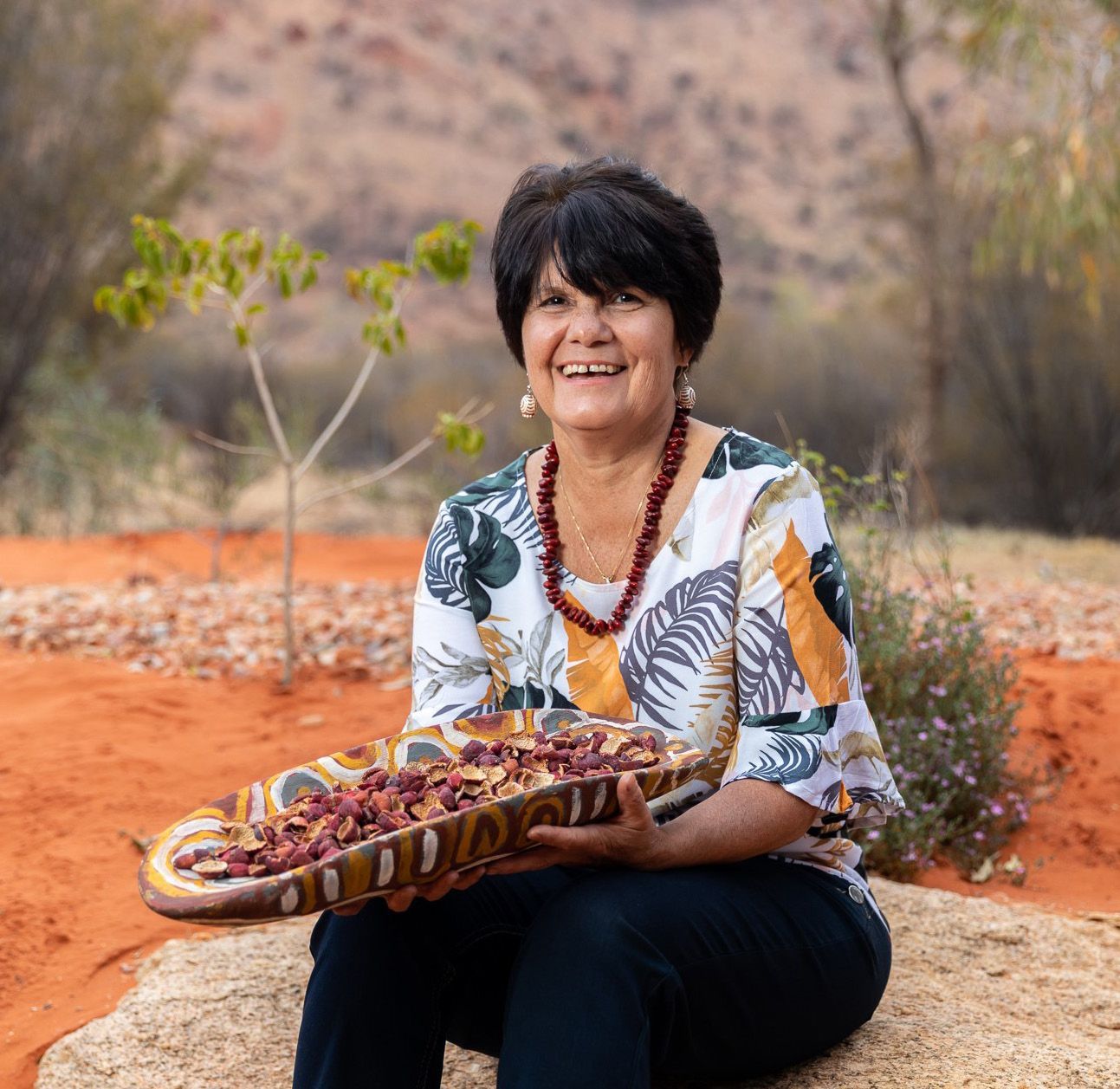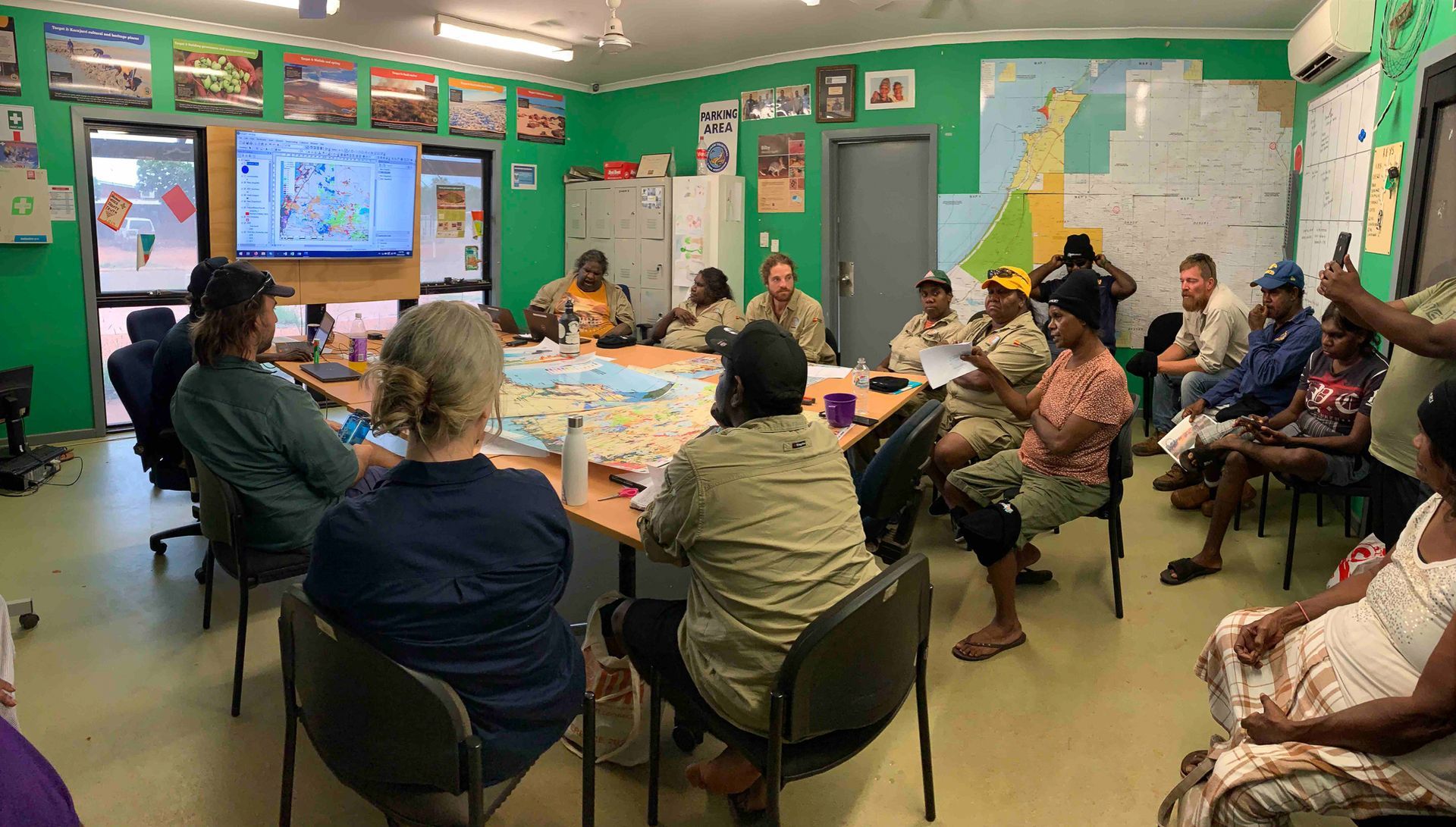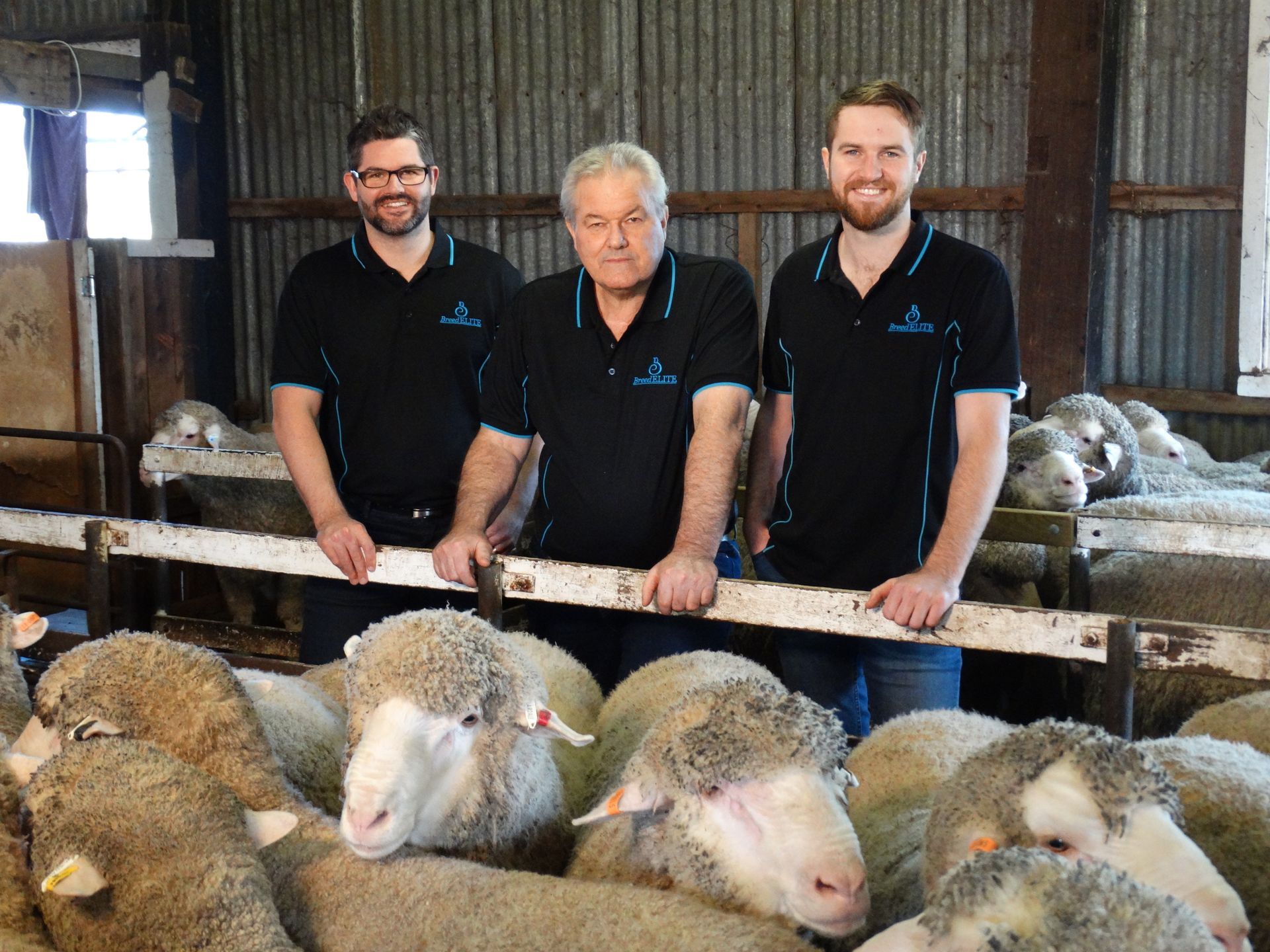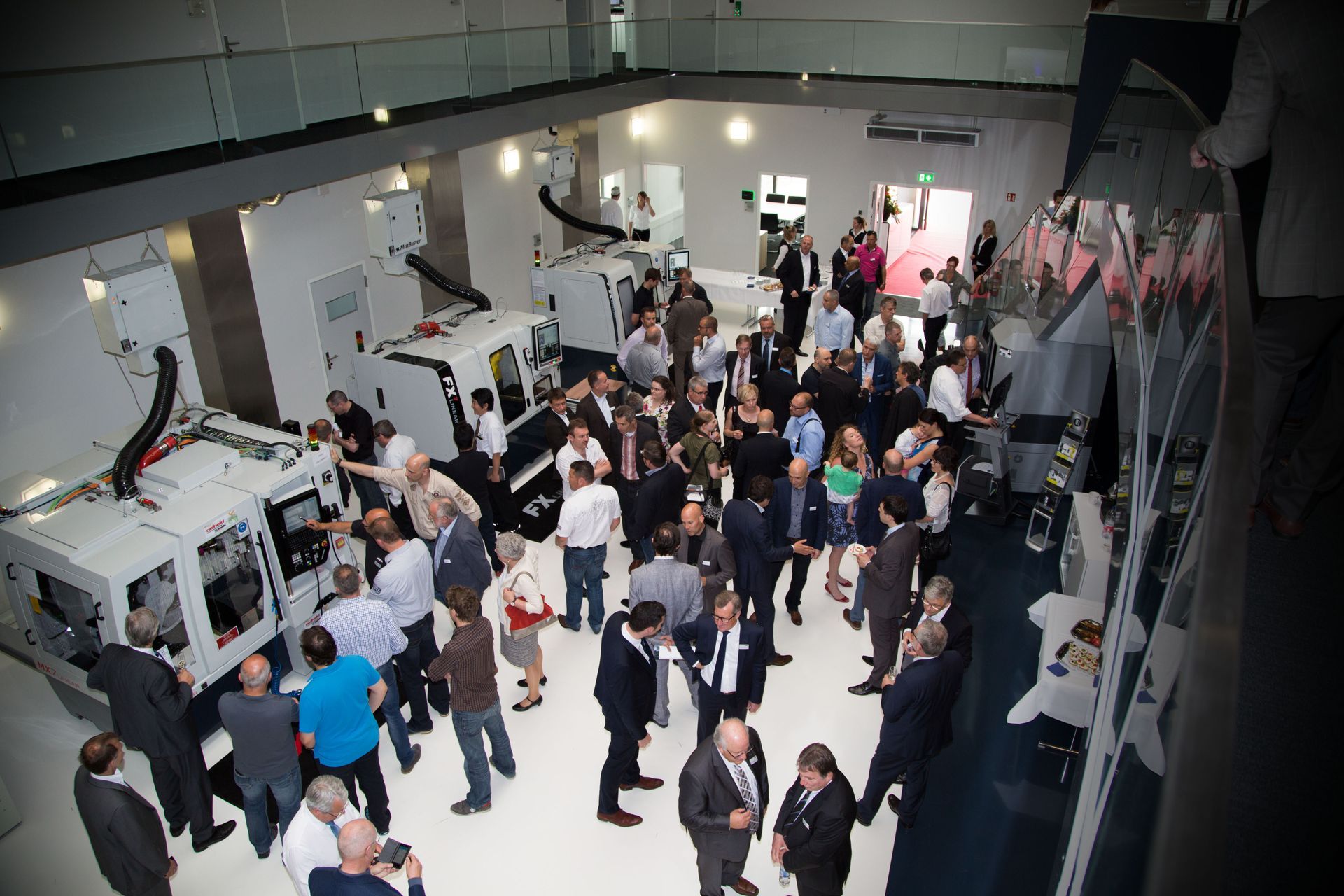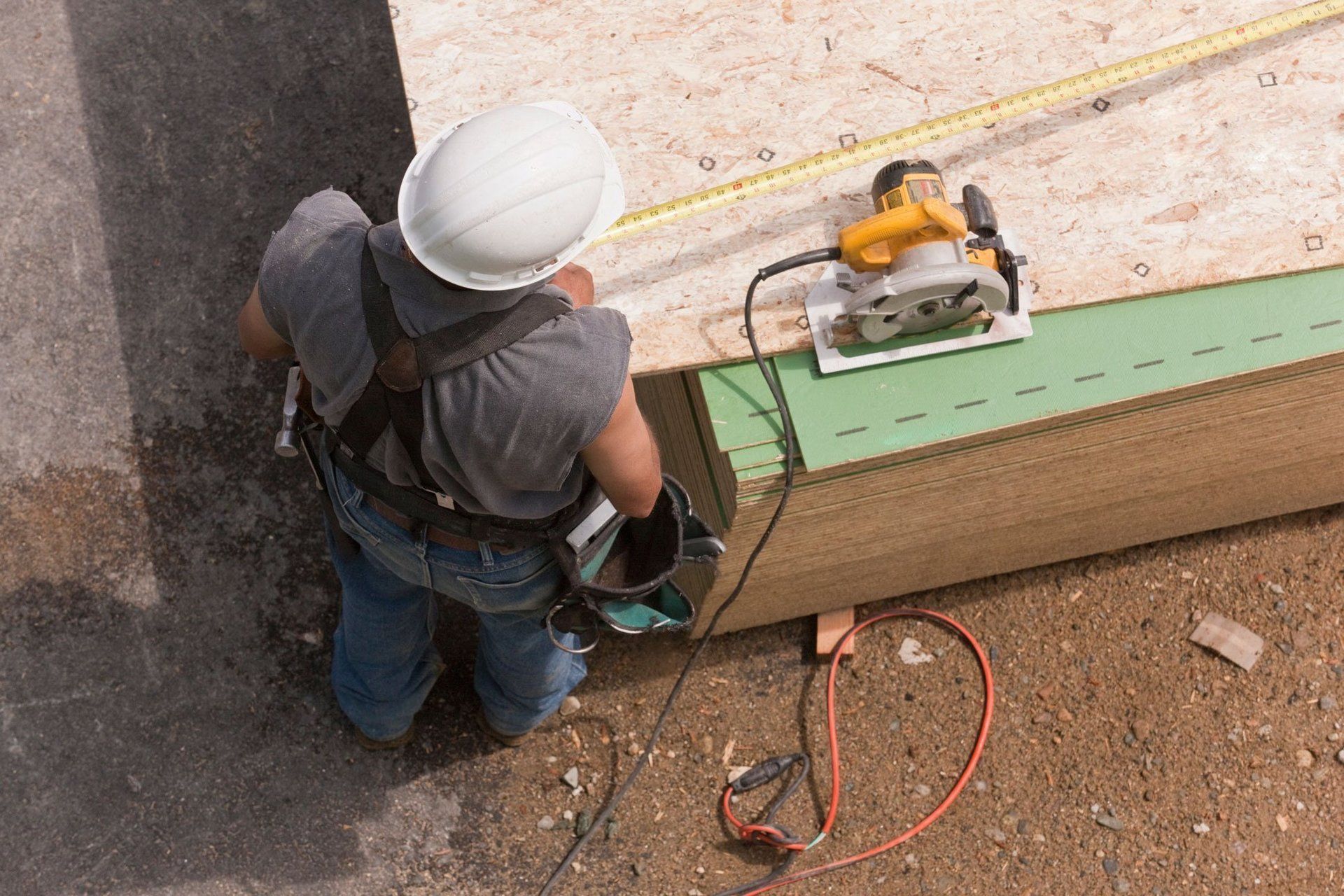Mining Transformation for Enduring Value
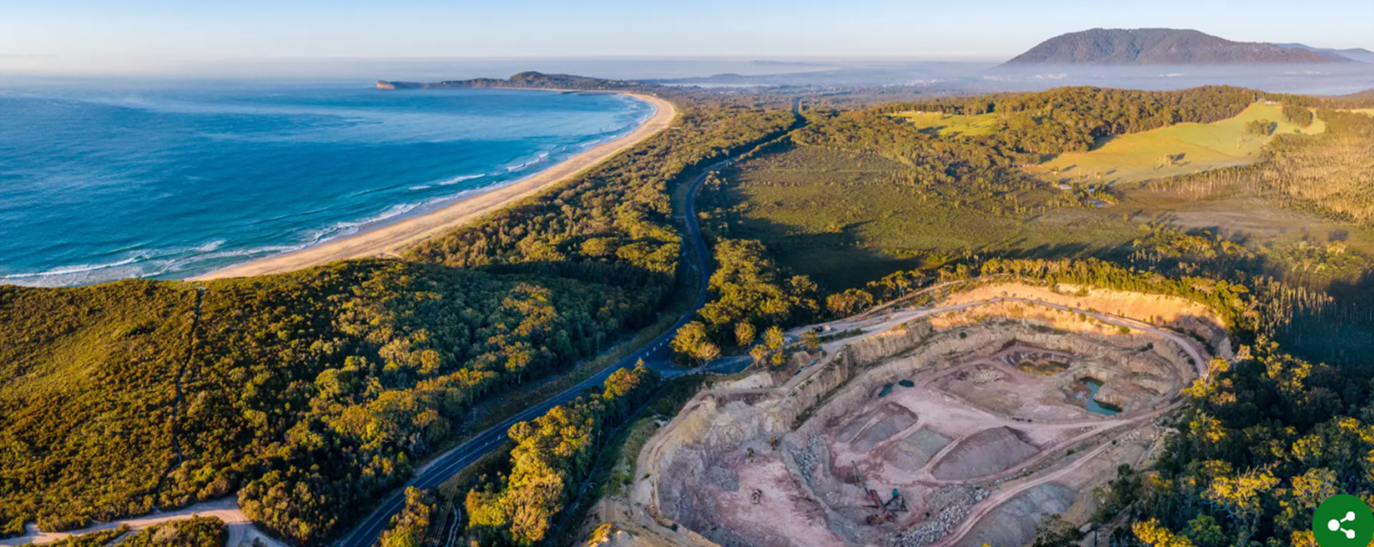
Australia’s resource wealth
Australia’s resource wealth is well known. From the first 19th century gold rushes in places such as Ballarat in the east and Kalgoorlie in the west to the iron ore driven ‘mining boom’ of the 2000s, our nation has prospered from this mineral wealth. This wealth has helped build our regions and cities, driven forward our society’s GDP and enabled investment in and development of other industries.
Extracting this wealth from our mineral resources is a partnership between government, mining companies and the community and requires a fine-tuned set of skills, technologies and business acumen to ensure a profitable and sustainable sector. While the focus in the past has been on optimising the exploration, construction and operational phases of a mine’s life, it’s now becoming clear that it is just as critical that we ensure mines can close, be relinquished and transition communities, infrastructure and land for next use if we are to have a sustained resource sector.
What is driving this transformation of the sector?
While social license has long been recognised as important, recent challenges experienced by the sector have demonstrated this is one of the most significant business risks mining companies face. Public confidence in the sector’s ability to minimise the net social and environmental impact and deliver enduring value is critical. Confidence in the sector’s ability to close, relinquish and transition mines and their communities is central to social license.
What’s more, this is driving decision making within the investment community and our ability to recruit the next generation into the sector. Transforming the sector to one that not only generates wealth during the operating life of a mine but one that leaves a positive legacy will be critical in attracting and building the workforce of the future. Australia has experienced a mining boom and it is inevitable that this will be followed by an increase in the numbers of mines going through closure over coming decades. Meeting this future demand creates significant opportunity for innovation and an expanded view of how we conceptualise the mine closure supply and value chains.
A new way of thinking
While mine rehabilitation is not a new topic, it is one that has been underpinned by a shared belief that after a mine finishes, it will be returned to a state that closely resembles what was there before. This belief has underpinned our policy development, mine planning and associated investment through the life of mine and is tightly connected to community’s social license for the sector. This approach fails to recognise that as mines develop, they build infrastructure, create communities and radically change the landscape. If we are to change from this ‘single path’, we will need a new way of thinking and ensure we have the skills, knowledge, technology, business settings and policy environment that will best enable a new vision of success in mine rehabilitation and closure.
Our CRC has been developed to support and inform this new way of thinking. We are developing new tools that can integrate re-purposing opportunities at an individual site and integrate planning at regional scales to deliver net benefits beyond the mine that consider both towns and the broader regions in transition. Recognising that this requires the mining industry to connect with sectors driving post mine development, from conservation to tourism, agriculture and energy and the critical role First Nations people play in land stewardship, we are working with stakeholders that can help define a new vision of success in mine closure and post mine transitions. Without a new shared understanding of success, we will continue to see opportunities missed and conflict that will undermine the sector. Australia is incredibly fortunate to have an environment in which diverse stakeholders can come together and explore solutions and a program such as the Australian Governments Cooperative Research Centre Program that can enable this.
Of course, a new definition of success has significant implications for how we plan, execute and regulate mines. The CRC is working with our partners to develop new ways that will ensure we incorporate short and long term, tangible and intangible risk and opportunity in decision making. This will deliver increased confidence in our ability to forecast and predict residual risk and how we make decisions from before a mine starts and throughout its life to ensure it’s positioned for a positive post mine transition. This brings important consideration of how we consider mine closure through a ‘whole of government’ lens and we are fortunate to be working with policy makers from across government portfolios and multiple national jurisdictions to inform new frameworks and standards that can enable these transitions.
The final piece of the puzzle is driving innovation in our technology to ensure we have capability to execute these visions. Our CRC will invest in innovation that directly addresses the key areas of risk and opportunity identified through new decision tools and recognition of post mine regional perspectives. This requires integration of water, landform and ecosystem design tools, delivery mechanisms that are cost effective, scaleable and fit for purpose and takes advantage of remote monitoring technologies that identify progress and inform future trajectories. With a mine closure ‘boom’ forecast over coming decades, the CRC platform will enable piloting and commercialisation of these technologies and will ensure Australia‘s Mining Equipment, Technology and Services (METS) supply chains are ready to meet domestic needs and positioned to capitalise on an emerging global market place.
Change in the sector driven through advancements in technology, greater transparency and rise in the importance of ESG and social license expectation needs to be met with a new way of thinking. This is an exciting challenge and opportunity for the sector and one that our 77 partners are coming together to solve.
Dr Guy Boggs is the CEO of the Cooperative Research Centre for Transformations in Mining Economies (CRC TiME). Guy is committed to enabling a new vision for mine closure and positive post mine transitions through effective stakeholder engagement, research planning and innovative solutions. He has extensive experience providing leadership in innovation, actively working at the interface of industry and research. Guy has led the delivery of large Australian Government funded programs driving knowledge development and industry practice change. An experienced research leader, he also has an extensive publication record authoring over 50 books, book chapters and journal articles. Guy has a BSc from James Cook University, BSc (hons) from the University of Western Australia and PhD from Charles Darwin University (awarded 2004).





